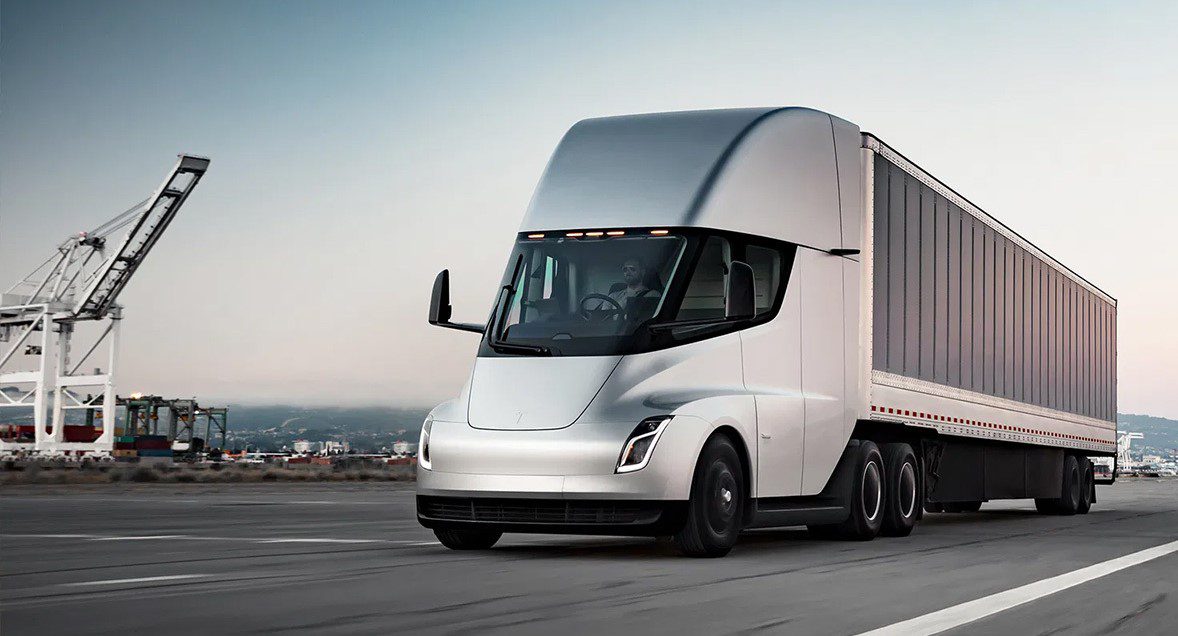With momentum building since its unveiling in November 2017, the Tesla Semi has seen great fanfare as well as numerous delays. And with both private and for-hire freight carriers on the books with mounting reservations, it’s no surprise that the Semi has once again been delayed — to 2023.
During the annual Tesla shareholders meeting on October 7, Musk addressed the in-person and virtual crowd from the manufacturer’s newest addition to the family — the Austin, Texas, factory, also known as Giga Texas. While touting the global advances of the carmaker, such as the Model 3 becoming 2020’s number one best-selling premium vehicle, he also addressed some challenges faced by the company.
The Tesla Semi has seen great fanfare as well as numerous delays. The Semi will now deploy in 2023.
“We’re seeing significant cost pressures from our supply chain,” said Musk, no doubt a consequence of the pandemic and its global effect on all manufacturing companies.
The chip shortage is having an all-encompassing effect on the automotive industry, with many OEMs struggling to meet the demand for new cars. The shortage is having a direct impact on the production of Tesla Cybertruck and Semi.
“The Semi needs a lot of cells and a lot of chips…we’ve got to have enough or [production] is pointless,” said Musk, adding that he is optimistic that the Semi will be in production by 2023.
Sharing Autonomous Tech, Insights in Sustainability
Calling autonomous technology a “significant lifesaver,” Musk followed his 2019 example of releasing Tesla’s patents in an effort to fight climate change by suggesting the same for the company’s autonomous advancements.
Musk followed his 2019 example of releasing Tesla’s patents in an effort to fight climate change.
“It is not a technology that we want to keep to ourselves,” said Musk. “It will be morally right to license it to other manufacturers if they want it.”
Pivoting to the topic of sustainable energy, the Tesla CEO described what he called the fundamental pillars of this concept: wind, solar, stationary batteries, and electric transport. And while he also touted fusion as an energy source as an idea he liked, he pointed to the largest fusion reactor around — the sun.
“There’s a giant fusion in the sky that shows up every morning, with zero maintenance,” said Musk, alluding to that fact that solar energy could be a game changer. “A couple hundred miles by a couple hundred miles of solar panels would power the United States.”



